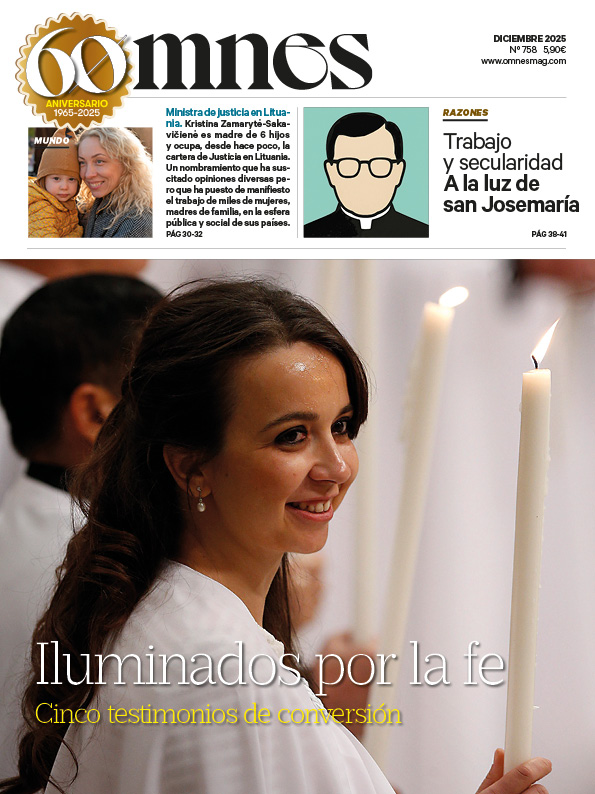Historical documents are very much in favor of the historicity of the existence of Jesus. Comparison with other classical texts shows that the New Testament has a significantly stronger documentary basis than many of the philosophical and historical works accepted without question.
According to the data collected, works by figures such as Plato, Aristotle and Julius Caesar have a small number of manuscript copies and a considerable time gap between their original writing and the oldest available copies. For example, Plato's writings, dated between 427 and 347 B.C., have their oldest copy in 900 A.D., with a gap of 1,200 years and only seven known copies. Aristotle, whose work was written between 384 and 322 B.C., has a gap of 1,400 years with respect to its oldest copy and only 49 copies.
In contrast, the New Testamentcomposed between 50 and 100 A.D., has manuscripts dating back to 130 A.D., with a margin of separation of only 30 to 60 years, an insignificant time in historical terms. In addition, it has 5,600 copies, a figure that far exceeds those of any other text of antiquity.
These data put into perspective the documentary reliability of the New Testament and question the double standard by which the historicity of Jesus is evaluated in comparison with other ancient figures. While figures such as Plato, Aristotle or Caesar are accepted without further debate, skepticism towards the Gospel accounts seems to respond more to ideological prejudices than to solid historiographical criteria.
| Author | Date of life / writing | Older copy | Separation (years) | Number of copies |
| Plato | 427-347 BC. | 900 A.D. | ~1,200 | 7 |
| Aristotle | 384-322 BC. | 1100 A.D. | ~1,400 | 49 |
| Herodotus | 480-425 BC. | 900 A.D. | ~1,300 | 8 |
| Demosthenes | 300 B.C. | 1100 A.D. | ~800 | 200 |
| Thucydides | 460-400 B.C. | 900 A.D. | ~1,300 | 8 |
| Euripides | 480-406 BC. | 1100 A.D. | ~1,300 | 9 |
| Julius Caesar | 100-44 BC. | 900 A.D. | ~1,000 | 10 |
| Homer | 900 B.C. | 400 A.D. | ~500 | 643 |
| New Testament | 50-100 A.D. | 130 A.D. | ~30-60 | 5600 |
- The last column of the box refers to the number of ancient manuscript copies of each work that have survived to the present day. These copies include papyri, codices and scrolls transcribed by hand before the invention of the printing press.
A bias in historical disclosure?
The debate about the existence of Jesus is not only theological, but also historiographical. Despite the documentary evidence supporting the New Testament accounts, some schools of thought insist on denying their validity. However, the historical record shows that the figure of Jesus is better documented than many other figures whose existence is not in question.
This analysis invites further reflection on the way in which history is disseminated and the criteria applied to different figures of the past. Is it reasonable to doubt Jesus while accepting without qualms figures with less documentary support? The answer, no doubt, will continue to generate debate.








